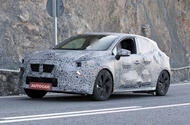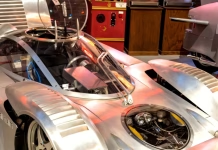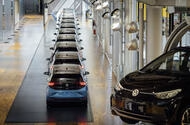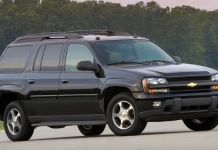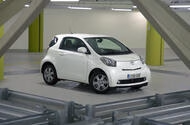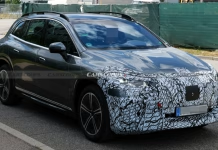Elon Musk’s Bold Robotaxi Vision Faces Growing Skepticism

2026 Clio Unveiled With Bold New Design and Hybrid Power for a Greener Future
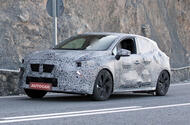
New car is recognisable as a Clio but introduces several new design cues…New supermini will introduce radical new look and is set to offer hybrid power exclusively
Renault has confirmed that the new sixth-generation Renault Clio will be revealed imminently, with September's Munich motor show a likely venue for the supermini's debut.
Currently the best selling car in Europe in its facelifted fifth-generation form, the next Clio is set to go on sale early next year with one of its biggest overhauls in generations.
Renault has not confirmed a precise reveal date, but has announced details of a 'pre-show' unveiling for the new supermini, which would suggest it will be the the French firm's headline unveiling in Munich on 8 September.
Renault has revealed an important new model at every European motor show since the pandemic, including the Renault 5, 4, Twingo, Turbo 3E, Scenic and Mégane E-Tech.

While it will also bring a host of new design cues, such as a more prominent nose and twin-decked lip rear spoilers, the sixth–generation Clio is set to ditch pure-petrol engines and go hybrid-only.
Autocar understands that, under the skin, the next Clio is an all-new car rather than a development of the current model, which was introduced in 2019.
However, it is likely to use an upgraded version of that car's CMF-B platform aimed at improving efficiency and reducing costs.
The new Clio will be powered by an evolution of the existing E-Tech hybrid powertrain, in which an atmospheric four-cylinder engine and two electric motors put out a combined 143bhp and 151lb ft.
This is set to become the sole powertrain option, in part because of stringent fleet emissions targets being rolled out across the European Union. From next year, car manufacturers in the EU will be required to hit an average of 93.6g/km of CO2, down from 95g/km this year.
This incentivises manufacturers to drop powertrains that do not feature electrical assistance, such as the current Clio’s TCe 90 turbocharged three-pot, due to their higher carbon emissions.
For reference, the TCe 90 puts out 120g/km, whereas the E-Tech is rated at 96g/km, a reduction of 20%.
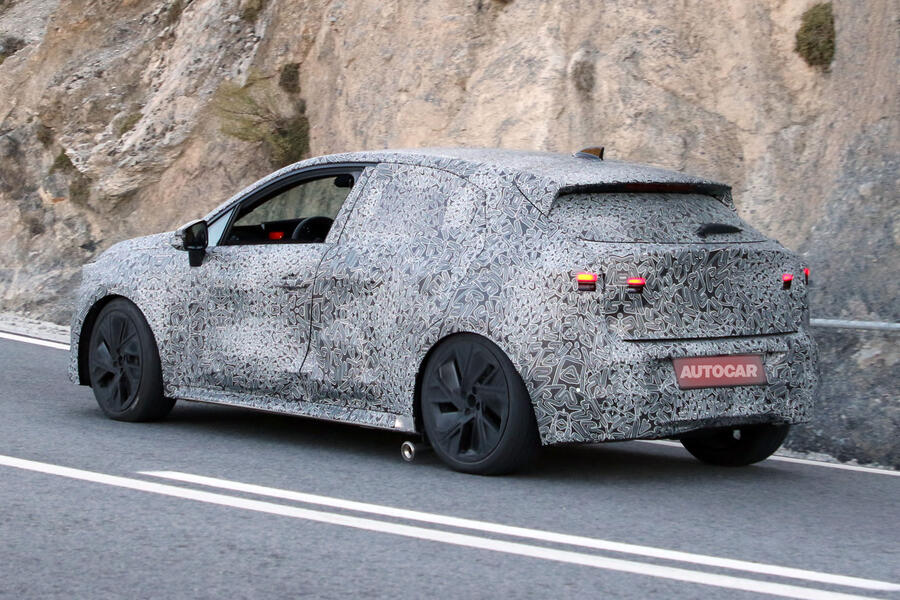
Axing the pure-petrol engine would therefore provide a significant cut to Renault’s fleet average – crucial, given the EU’s fleet emissions targets will only become stricter in the coming years, hitting 49.5g/km in 2030.
Autocar understands that Renault has now decided not to offer the new Clio with a battery-electric powertrain, however.
It is therefore possible that it may not be offered in the UK, due to the new Zero-Emission Vehicle (ZEV) mandate.
This requires brands to sell an increasing proportion of electric cars, starting at 24% of total sales this year and ramping up to 80% in 2030.
Limiting the number of combustion-engined cars that manufacturers can sell means they will prioritise their most profitable models. Renault will most likely limit – and could even end – Clio sales in the UK because the closely related Captur crossover makes more money from an equivalent number of sales.
Complicating the matter is the cachet that the Clio name holds with buyers in the UK. “Clio is a brand in itself,” Renault product performance chief Bruno Vanel told Autocar earlier this year. “In the UK, it is probably as well known as Renault – or even more.”
A decision is unlikely to be made until 2025, given the car is at least a year away from hitting showrooms in Europe.
A spokesperson for Renault declined to comment.
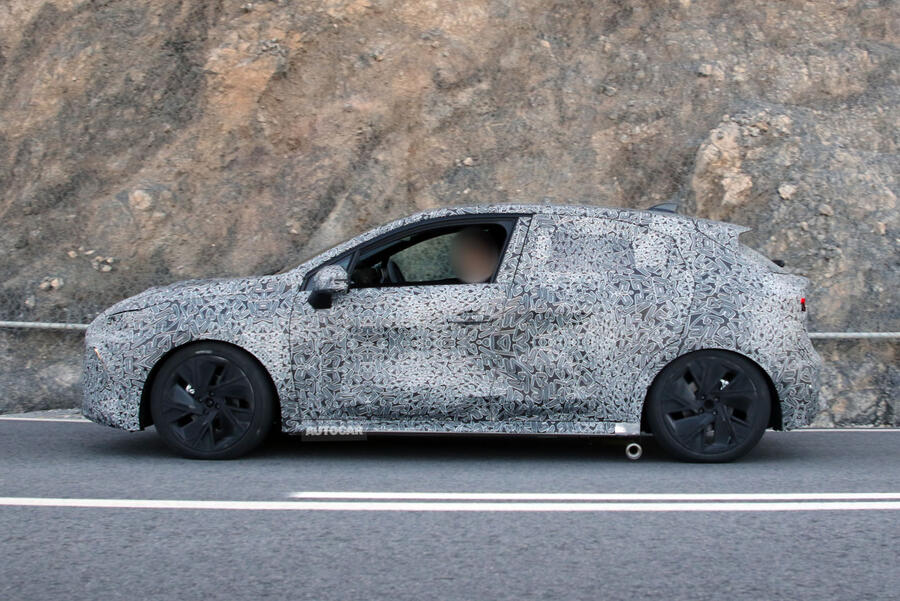
As well as its environmental impact, cost is a key consideration in the development of the new Clio.
Vanel said maintaining the current car’s positioning is crucial as the brand introduces a range of new – and more expensive – electric cars to ensure it does not abandon a significant proportion of its customer base.
“We are not moving directly towards 100% electric,” said Vanel. “We are doing it step by step, to have this transition with hybrid cars so that we remain an affordable brand.”
Renault will lean on monthly payment schemes – such as leasing or PCP finance – to ensure the car is affordable, rather than reducing the overall list price of the car.
“We will try to keep the affordability of the monthly rentals,” Vanel said. “If you compare the rentals in 2018/2019 to last year [2022], with the improvement of residual values and even with some price increases, I think we experienced quite a good performance there, which kept the affordability safe.”
Sea Lion Unleashed The World’s Fastest Handbuilt Amphibious Car Heads to Auction
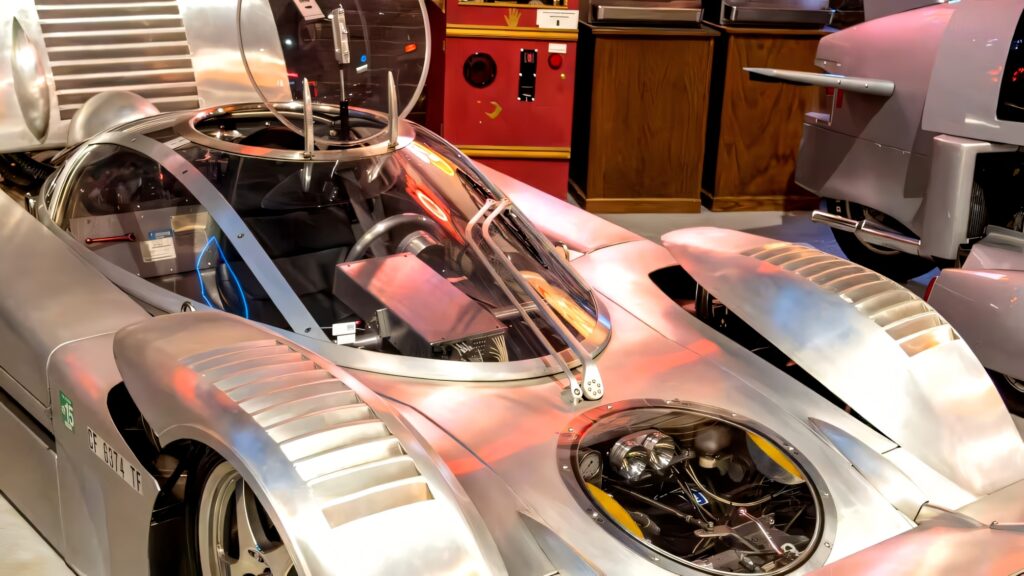
Volkswagen Group Profits Plunge as US Tariffs and Soaring EV Demand Squeeze Margins
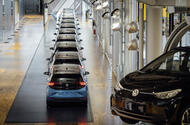
Uptick in demand for less profitable electric cars also weighed on VW Group's marginsUS tariffs cost the group €1.3bn in Q2 alone, while sales of less profitable EVs dented margins further
The Volkswagen Group’s operating profit fell by 29% in the first half of 2025 off the back of the impact of tariffs on US imports and the restructuring of its workforce.
US import tariffs cost the VW Group €1.3 billion (£1.13bn) in the second quarter of 2025 alone and CEO Oliver Blume said it “cannot assume the tariff situation is temporary”.
The group’s operating profit figure of €3.83bn for the first half of 2025 resulted in an operating margin of 4.2%. If not for the impact of tariffs and an ongoing project to restructure the business, the margin would have been 5.6%.
In Q2, it was even more stark: a margin of 6.8% declined to 4.7%.
Blume (below) said these latest financial results are also the first to show the impact of its cost-cutting plans. Some 4000 Volkswagen employees have left the business since December and another 20,000 have deals in place to leave.
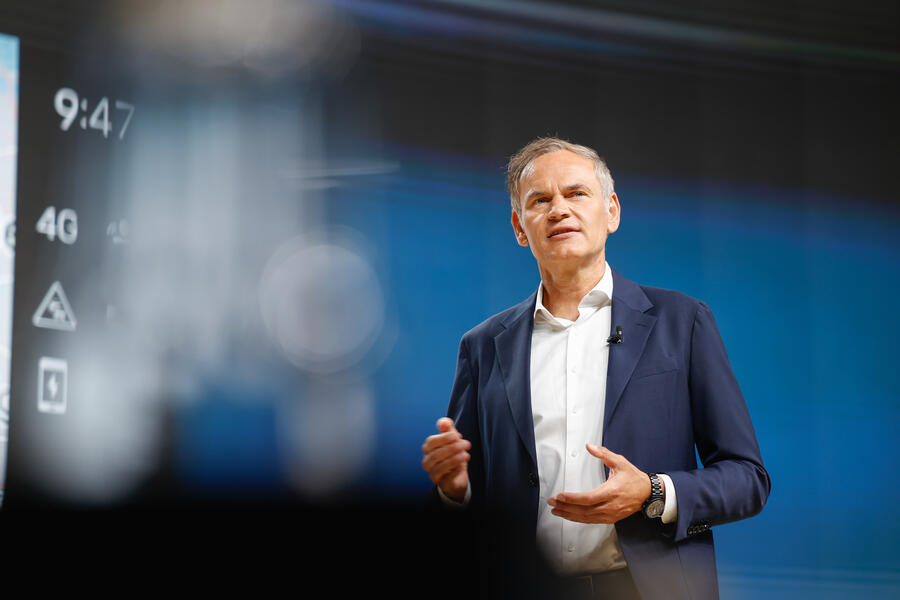
The goal is to cut costs by €4bn (£3.5bn) per year at VW alone, said Blume, and plans were also locked down to reduce the headcount at Audi by around 7500 people by 2029 and around 3900 at Porsche by the same date.
Margins were also hit at the VW Group by the increased popularity of its electric cars, which have lower profit margins due to their higher costs.
Battery-electric vehicle (BEV) sales were up 47% for the company in Europe year on year and now account for one in five VW Group sales in Europe. Order intake of BEVs grew 62% in this period, showing increased momentum for the group here. Globally, BEVs accounted for 11% of total sales.
Across the VW Group’s ‘Core’ brands – Volkswagen, VW Commercial Vehicles, Skoda, Seat and Cupra – sales rose 1% year on year. Individually, VW sales were flat in the first half of the year at just over 1.5 million units, while Skoda posted a 6% increase, at 582,000 units.
Sales at its ‘Progressive’ brands – Audi, Lamborghini, Bentley and Ducati motorcycles – rose 7% to 574,000 units. Porsche sales dropped 11% to 135,000.
Overall deliveries at the VW Group worldwide rose 1% to 4.4m units, driven by growth in Europe and South America. In the US, sales in the first half of 2025 were down 7% but in the second quarter the drop was 16% as the impact of tariffs bit.
In China, sales fell 2% but Blume is confident the new ‘in China, for China’ strategy around developing models exclusively for the market will be felt from the end of this year, when a new era of VW Group ‘NEVs’ (new energy vehicles) will start to hit the market. A total of 30 NEV models will launch by 2027 and 50 by the end of the decade.
This strategy has included the reworking of the group’s compact China-only platform for BEVs to take 40% off its costs to make it cost-comparable to architectures from local manufacturers.
Connecticut Cracks Down on Left Lane Campers With New Highway Law
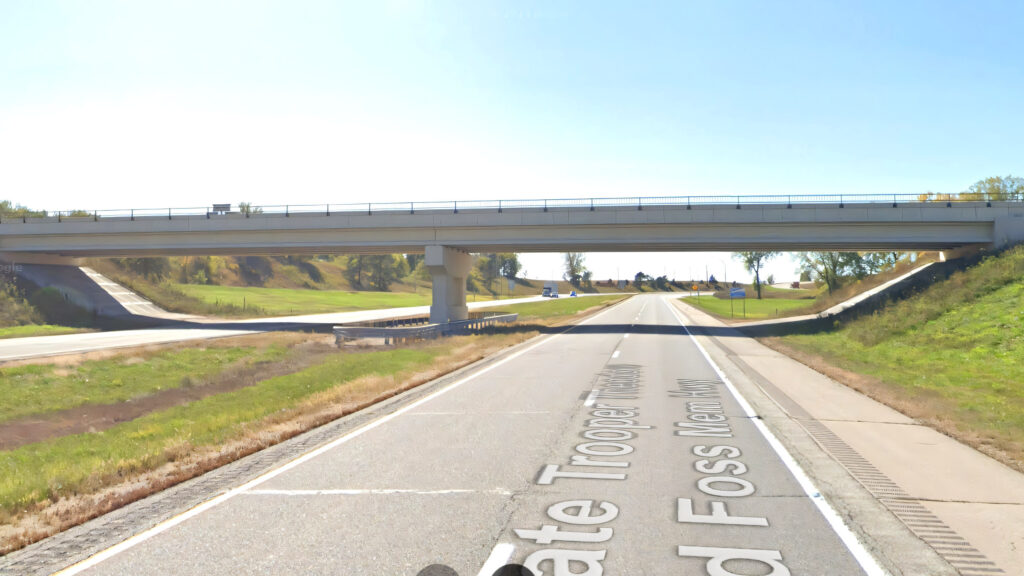
Best Affordable Cars for Highway Comfort and Great Gas Mileage Under $15,000
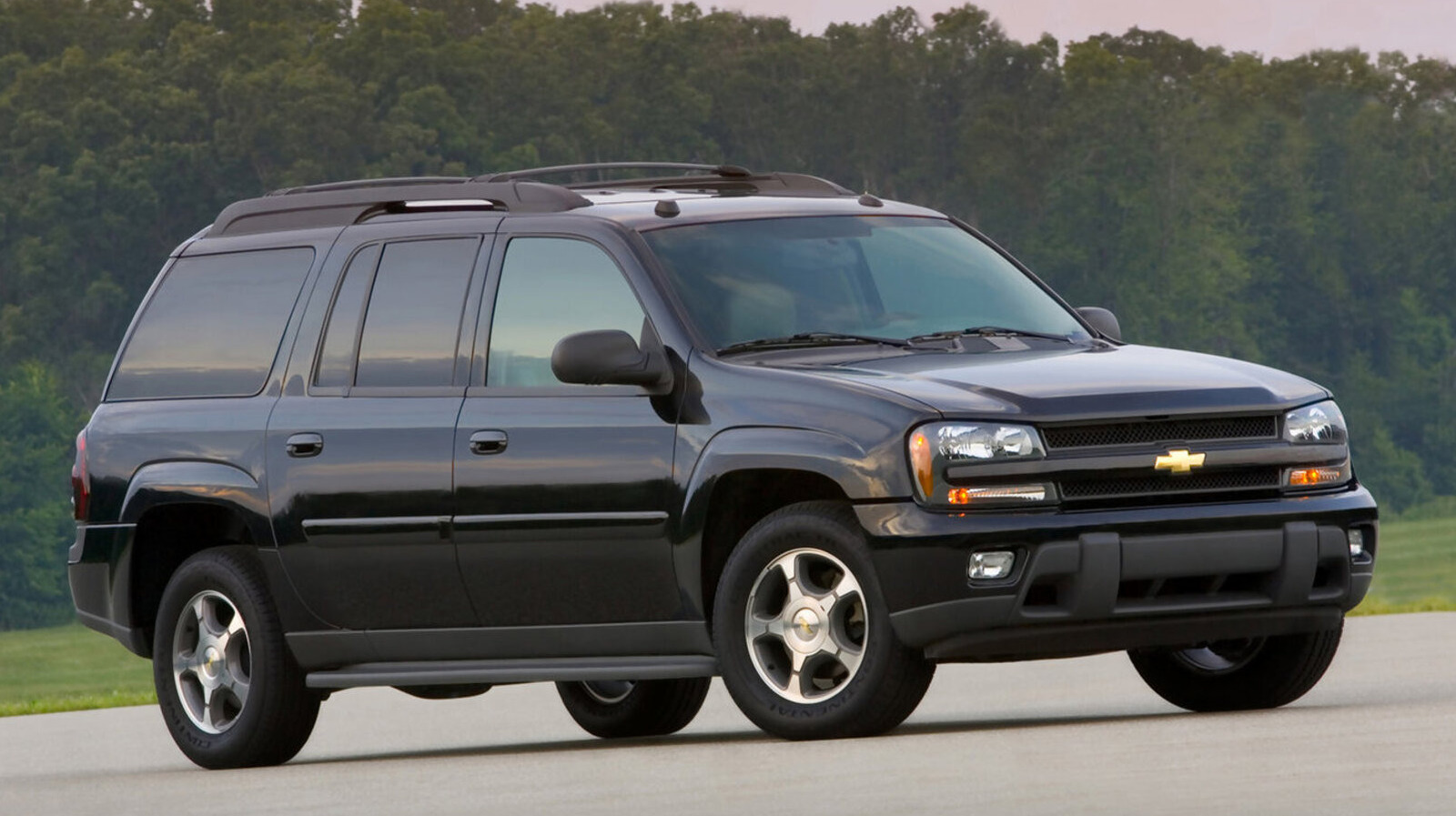
Toyota IQ The Quirky City Car That Became an Unlikely Cult Classic
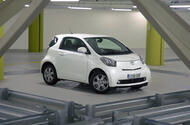 The city car better suited to the motorway wasn't a run away success
The city car better suited to the motorway wasn't a run away success
It takes a certain confidence to label a product ‘IQ’. You’ll want your buyers swiftly deducing that this is a better kind of thing, an intelligently designed thing that’s superior to others like it. Because if it isn’t, there’ll be plenty of scope for chippy little jokes.
Toyota’s IQ certainly looked different enough to shine a light on the future. It was smaller, taller and shorter than most cars, a little like a Smart ForTwo, but wider besides.
The unusual silhouette was all about packaging, Toyota keen to cram as much air into the IQ’s envelope as feasible. It was actually shorter than a classic Mini at 2985mm to the British car’s 3053mm, but almost a foot wider. A more relevant target for Toyota, though, was to have the IQ occupy the same length as a tiny Japanese kei car, even if it was wider and getting on for two feet longer than the original Smart ForTwo.
There were many more targets too. The IQ was to seat four – not necessarily in the most palatial comfort – pirouette more tightly than a London taxi, properly take a hit in crashes and cut a confident path along motorways. Cramming the solutions to these challenges into a self-propelling box less than three metres long was why it took Toyota five years to develop this car rather than the three it typically needed to realise a conventional supermini.
Novelties included a transmission case positioning the differential ahead of the engine rather than behind it, cutting the IQ’s front overhang appealingly short as well as allowing the front passenger seat to be mounted slightly ahead of the driver’s, to release (slightly) more room in the rear.
Also new were an airbag curtaining rear seat occupants’ heads owing to the equally short overhang at the rear, horizontally mounted rear dampers (an old Peugeot trick that yields more cabin space), a central take-off point for the steering column relative to its rack, a slender under-floor fuel tank, a miniaturised heating and air conditioner and – less radical this – slimmer seats.
There was further boldness in the IQ’s price, which was significantly higher than for most cheap city cars and for plenty of superminis too, buyers compensated not only with the tiny Toyota’s convenience, but an interior sculpted and furnished with considerable panache, especially compared to the plainer-than-porridge cabins of the rest of the company’s range.
The IQ was light enough that a 67bhp 1.0-litre four-pot was adequate for the task, though not light enough to be lighter than a Fiat 500, or to be fast. Blunting its performance still more effectively than a little too much heft, however, was gearing clearly intended to score the IQ fantasy official fuel figures that were nothing like what the labouring engine actually delivered. So the zipping enthusiasm possessed by the best city cars wasn’t quite there.
But what this Toyota proved unexpectedly good at was cruising. Despite the stunted footprint an IQ toed motorway lines with the doggedness of an Arctic explorer, crosswinds and truck draughts simply washing by. Once you attained a decent cruise, the high gearing and plush cabin made long trips a breeze. You didn’t have to slow for corners as much as its stubby wheelbase suggested either, the IQ’s width providing stability, its quick, accurate steering allowing you to make the most of its grip. Good in the country and great on a motorway, the IQ should have been brilliant in the city.
Only it wasn’t, quite. The extra width made it harder to find gaps to dart through, the tall gearing made it hard to muster said darting, and this assumed that you’d actually seen a gap to dart for, the Toyota’s fat pillars doing a good job of semi-blinding you. Its usefulness for urban errands was further undermined by a boot barely capable of swallowing a vacuum-wrapped plaice stored on its side. Those planning to carry people rather than fish in the rear would find that one could sit comfortably, two like sardines, and neither would enjoy much of a view past the IQ’s extravagantly swirly side pillars.
So not quite your ideal city car, this snub-nosed midget. Yet despite its flaws the IQ is charming, original and in the right circumstances, useful too. That it hasn’t been directly replaced tells you something, though, and should ensure that the IQ becomes a lot more collectible than most Toyotas. And still more so as an Aston Martin Cygnet, but that’s another story.
Mercedes EQS SUV Facelift Promises Fresh Style and Power to Revive Flagging Sales
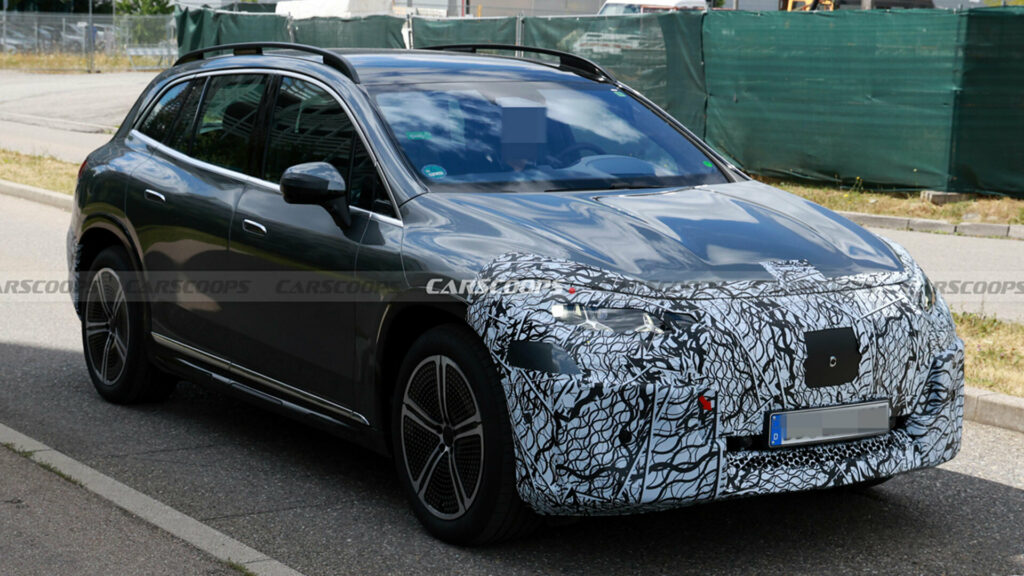
How One Woman Built a Thriving Business Saving New Yorkers from Street Sweeping Tickets
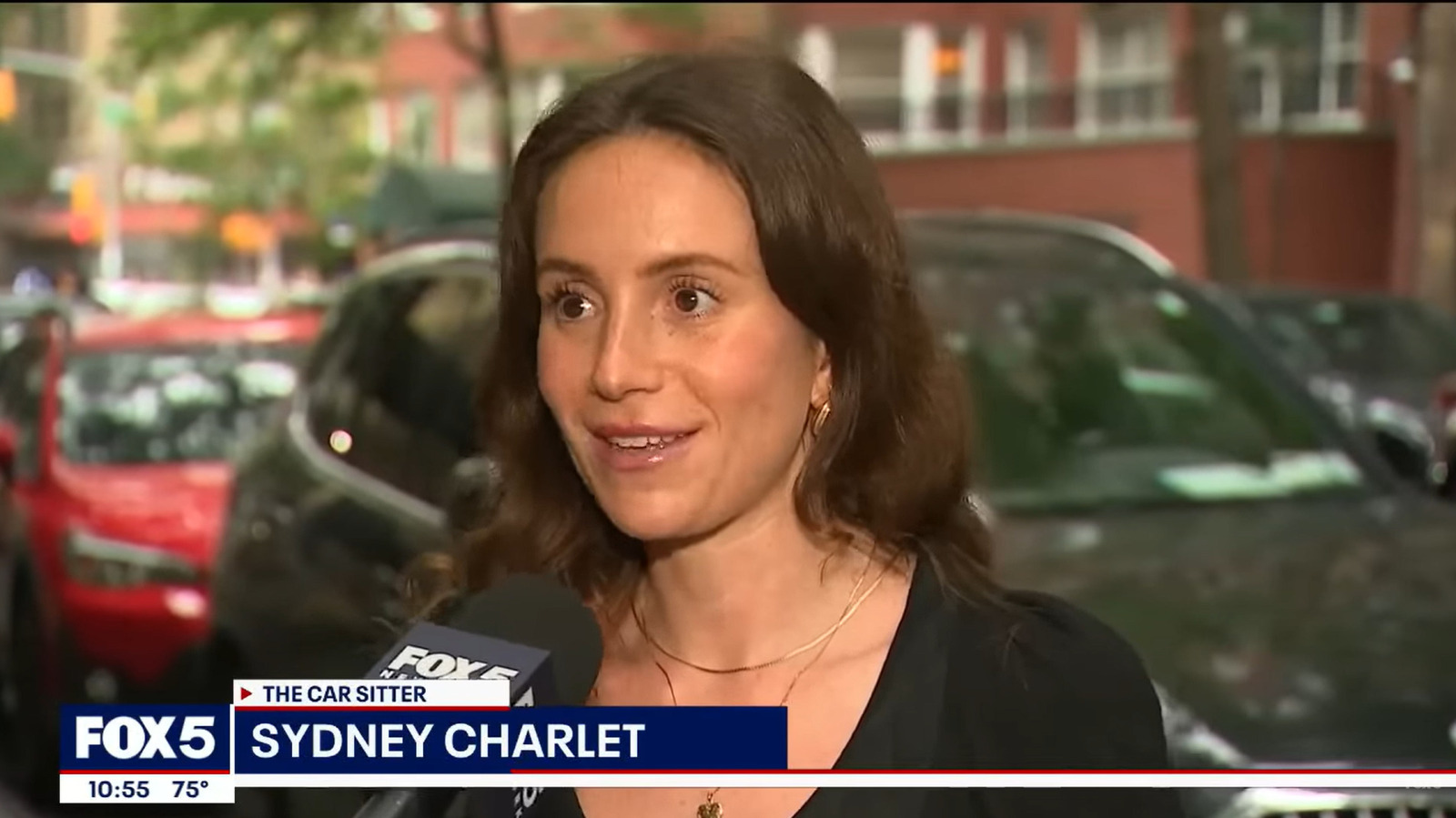
Ford’s F-150 Tough Scrub Soap Brings Grit and Adventure to Your Daily Routine



